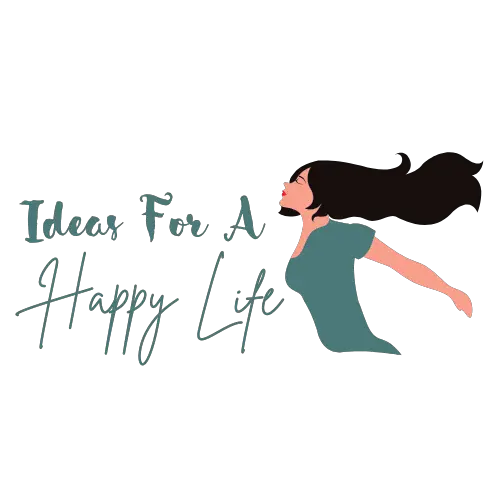
Sneaky Tech: Clever DIY Hidden Camera Hacks for Home and Beyond
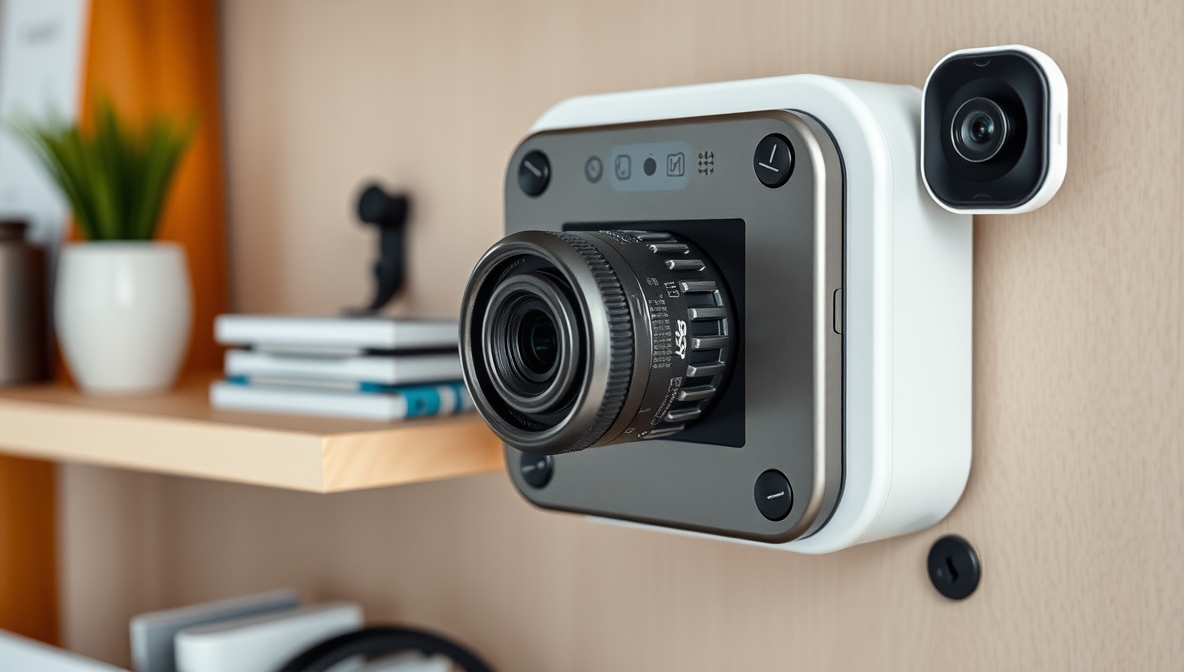
Security isn’t just about locks and alarms. Smart surveillance begins with subtle setups that don’t draw attention. Hidden cameras serve as silent protectors, capturing crucial moments without alerting intruders—or even houseguests. From cleverly disguised tech in household items to unexpected vantage points, a bit of creativity goes a long way in building an effective DIY surveillance system.
Everyday objects can double as powerful concealment tools. Think old speakers, smoke detectors, picture frames, or even tissue boxes. With the right approach, these items become more than decor—they become guardians of your space. Store-bought hidden cams can get pricey, but building one yourself adds a personal touch while saving money.
Kids sneaking snacks? Pets causing chaos when you’re not home? Neighbors a little too curious? A hidden camera setup might just reveal the truth. This guide explores unique, resourceful ideas that blend tech and discretion—no advanced engineering degree required.
Step into the world of stealth security. Discover how simple items and basic tools can help you craft hidden camera solutions that work seamlessly in any environment. No one needs to know… except you.
DIY Hidden Camera Ideas
Want to keep an eye on things without being too obvious? Hidden cameras can help you watch over your home, pets, or even just check who keeps eating your snacks. You don’t need expensive spy gear. You can make your own hidden camera setups using things you already have. Here are ten easy and smart DIY hidden camera ideas anyone can try.
1. Inside a Tissue Box
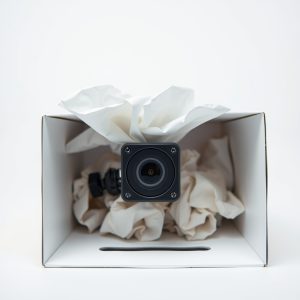
A tissue box is common in every home. Nobody pays attention to it. That makes it perfect for hiding a camera. Use an empty tissue box. Cut a small hole just big enough for the camera lens. Place the camera inside and pull some tissues over the top. This makes the setup look natural. Put it on a table, shelf, or bathroom counter. Make sure the lens points to where you want to record.
2. Behind a Wall Clock
Wall clocks hang in every room. They face forward and cover a wide area. That makes them great for camera hiding. Open the clock and place the small camera inside. Cut a hole or use a clock with a see-through part. Keep the camera lens clean and hidden. Hang the clock back and make sure it works. This idea works best with wireless cameras.
3. Inside a Smoke Detector
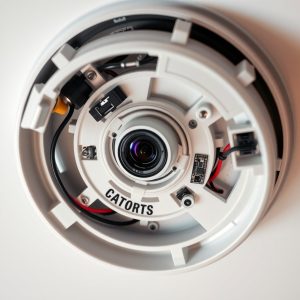
Smoke detectors are usually on the ceiling. They give a great angle of the room. Many spy cameras look like smoke detectors. But you can also convert a real one. Open the case, insert a small camera, and cut a hole for the lens. Keep the real smoke detector working or use a fake one. Place it in a corner for wide coverage.
4. Inside a Picture Frame
Picture frames sit on desks, walls, and shelves. People rarely look behind them. Remove the back of the frame. Attach the camera with tape or glue. Cut a small hole through the picture for the lens. Use dark parts of the picture to hide the lens better. Place the frame where it looks natural. Choose a photo with dark areas to keep the lens hidden.
5. In a Bookshelf
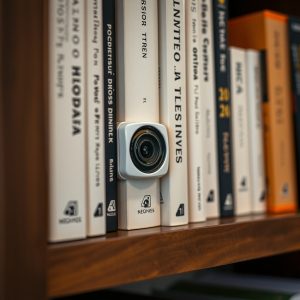
Bookshelves are full of hiding spots. Pick a book you don’t need. Cut a hole inside the pages. Place the camera inside and leave the lens pointing out. You can also hide the camera behind books. Make a hole in the back of the shelf. Push the lens through that hole. Use books to cover the rest. Make sure the camera can still see the area.
6. Inside a Plush Toy
Stuffed animals are cute and easy to use for hiding cameras. Pick a toy with some size. Open a small cut at the back. Place the camera inside. Cut a small hole for the lens near the eyes or nose. Stitch the toy back and keep the cut clean. Place the toy on a bed, couch, or shelf. This idea is great for baby rooms or pet watching.
7. Behind a Mirror
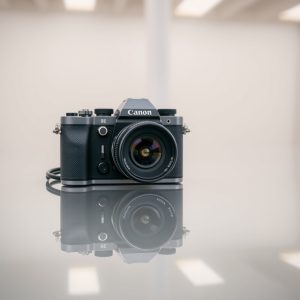
Some mirrors have space behind them. You can place a camera inside the frame. Use a two-way mirror if you can. The camera sees through, but people only see their reflection. Place the camera behind the mirror and drill a hole if needed. Make sure the light is good so the camera records clearly. Hang the mirror at a good angle.
8. Inside a Lamp
Lamps are common and often stay in one place. That makes them perfect for hidden cameras. Open the base of the lamp. Place the camera inside. Cut a hole or use a lamp with a thin shade. Make sure the lens can see through the material. Don’t block the lightbulb or wires. Keep the camera away from heat.
9. In an Alarm Clock
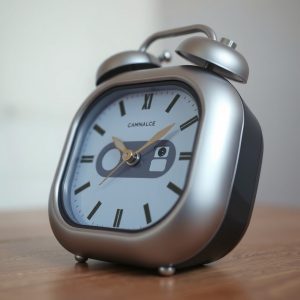
Alarm clocks sit on nightstands or desks. They are perfect for small hidden cameras. Open the clock and insert the camera. Cut a small hole or use a clock with a black screen. Keep the lens behind the screen. Check if the screen still shows the time. Plug it in and test the angle. This is great for bedrooms or offices.
10. Inside a Plant Pot
House plants or fake plants are great hiding spots. Place a small camera inside the pot. Use leaves to cover the lens but leave enough space to see. Choose a plant with thick leaves. You can also make a hole in the pot for the lens. Make sure it blends well. This idea works well on windowsills or corners.
FAQs
Is it legal to use hidden cameras in my house?
Yes, you can use hidden cameras in your own home. But you must not place them in private areas like bathrooms or guest bedrooms without telling people.
Can I make a hidden camera without tech skills?
Yes. Many small cameras are easy to set up. Most use Wi-Fi and phone apps. You just need a good place to hide them.
Do hidden cameras need wires?
Not always. Many hidden cameras are wireless and use batteries. Some need charging, so check your camera type before setting it up.
What camera should I use for DIY hidden setups?
Look for mini spy cameras. They are small and record clearly. Many have night vision and connect to phones.
Can I hide a webcam for live watching?
Yes. You can hide a webcam behind objects if it stays plugged in. Just be sure the lens is not blocked.
Conclusion
Hiding a camera doesn’t have to be hard or expensive. With common items like clocks, toys, and plants, you can make simple hidden setups. The key is to pick the right spot, keep the lens clear, and make the object look natural. Always test your setup and make sure it works well. Use these ideas to watch over your space in a smart and safe way.
